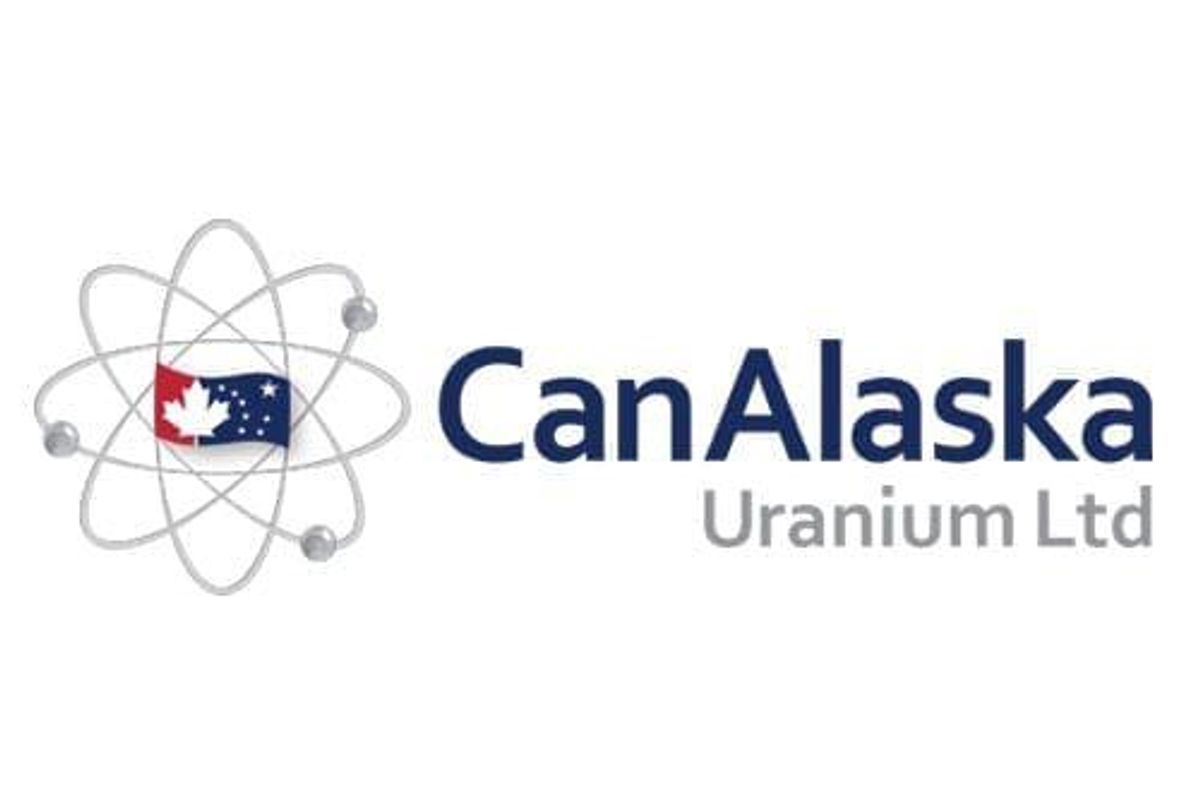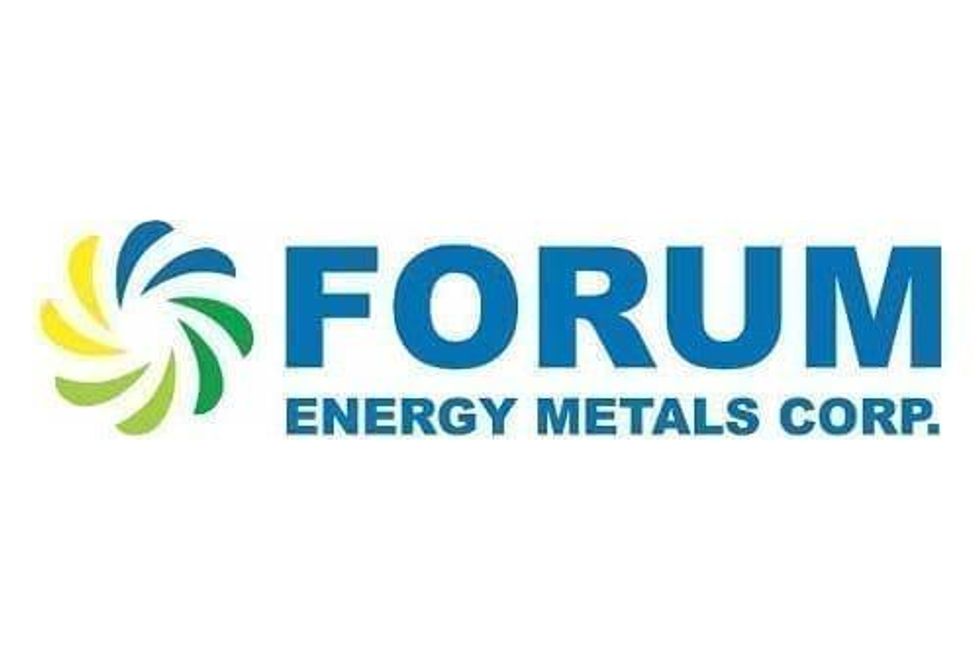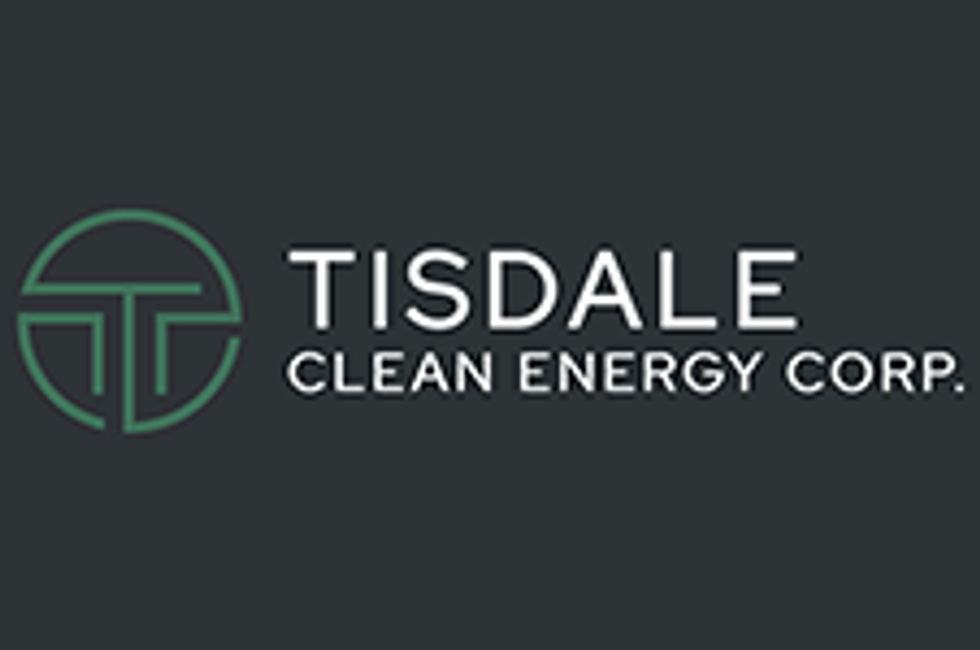- AustraliaNorth AmericaWorld
Investing News NetworkYour trusted source for investing success
- Lithium Outlook
- Oil and Gas Outlook
- Gold Outlook Report
- Uranium Outlook
- Rare Earths Outlook
- All Outlook Reports
- Top Generative AI Stocks
- Top EV Stocks
- Biggest AI Companies
- Biggest Blockchain Stocks
- Biggest Cryptocurrency-mining Stocks
- Biggest Cybersecurity Companies
- Biggest Robotics Companies
- Biggest Social Media Companies
- Biggest Technology ETFs
- Artificial Intellgience ETFs
- Robotics ETFs
- Canadian Cryptocurrency ETFs
- Artificial Intelligence Outlook
- EV Outlook
- Cleantech Outlook
- Crypto Outlook
- Tech Outlook
- All Market Outlook Reports
- Cannabis Weekly Round-Up
- Top Alzheimer's Treatment Stocks
- Top Biotech Stocks
- Top Plant-based Food Stocks
- Biggest Cannabis Stocks
- Biggest Pharma Stocks
- Longevity Stocks to Watch
- Psychedelics Stocks to Watch
- Top Cobalt Stocks
- Small Biotech ETFs to Watch
- Top Life Science ETFs
- Biggest Pharmaceutical ETFs
- Life Science Outlook
- Biotech Outlook
- Cannabis Outlook
- Pharma Outlook
- Psychedelics Outlook
- All Market Outlook Reports

Resource Investing News breaks down in layman’s terms what goes into detecting uranium in the ground and underwater, also detailing what tests companies undertake to determine the size and density of a deposit and what goes into geophysical analysis.
Here, Resource Investing News breaks down in layman’s terms what goes into detecting uranium in the ground and underwater, also detailing what tests companies undertake to determine the size and density of a deposit and what goes into geophysical analysis. This is the first in series of articles called Uranium Mining 101.
Historic uranium detection
Uranium exploration is similar to other forms of exploration except that it requires special equipment to detect radioactive isotopes. The process has evolved immensely since the first radiochemist, Marie Curie, began studying it in 1896. Before the Geiger counter, an electronic instrument used to detect and measure nuclear radiation, was invented, the most common instruments used in nuclear detection were the photographic place, electroscope, electrometer, ionization chamber and spinthariscope.
The Geiger counter itself came into the picture in the early 1900s, but the first portable version wasn’t invented until 1932. The first radioactivity survey using the device came years later, when geophysicist G.C. Ridland carried out testing over pitchblende-bearing veins at Great Bear Lake in Canada’s Northwest Territories in 1939. The earliest recorded trial of an airborne radiation detector came in 1947, and was carried out by Eldorado Mining and Refining, now Cameco (TSX:CCO,NYSE:CCJ).
Current techniques
Nowadays the process has become more in depth, as most remaining deposits are deeper beneath the surface. That’s led to advances in technologies that allow deeper detection. Some of these advanced technologies include geophysical surveys and geochemical analysis.
Geophysical testing
There are various styles of uranium mineralization, from unconformity deposits to sandstone deposits to intrusive or vein deposits, and when putting together an exploration strategy it is important for companies to understand what they’re dealing with. Geophysical testing is the first step in that process as it helps map out the size and density of uranium deposits.
Geophysical testing can be conducted from an aircraft, on the ground or in boreholes, and while some techniques rely on the radioactivity of uranium deposits, others rely on physical contrasts in electrical resistivity, conductivity and induction. Beyond that, other methods of geophysical testing include gravity, magnetic and seismic surveys, which provide scope for deep subsurface structures.
Modern airborne geophysical survey techniques have made it possible to detect uranium mineralization at depths of over 1 kilometer, which in the past would have been inconceivable. High-resolution electromagnetic surveys are one example of a modern technique; they can detect basement features when they coincide with graphitic zones, a major marker for uranium deposits.
Geochemical analysis
After geophysical testing takes place, the next step is geochemical analysis, which is the study of the chemical composition and distribution of elements and isotopes in rocks, soil, sediments, water and vegetation. It involves collecting and analyzing such samples. Again, the form of geochemical testing varies depending on the type of deposit being dealt with and whether it is located under water, clay or sandstone.
For instance, unconformity-style deposits, which are found between layers of older and younger rocks and are the most typical deposit type found in Canada and much of Australia, will sometimes be located underwater. One example is CanAlaska Uranium‘s (TSXV:CVV) joint venture North West Manitoba project at Maguire Lake. This deposit just underwent a RadonEx radon-in-water survey. That type of survey involves exposing lake sediment and water samples to an electret ion chamber radon measurement device, which detects the level of radon present and signals the presence of uranium.
Aside from RadonEx, SGS has geochemical laboratories worldwide and uses a variety of methods to test samples from uranium deposits. One example of an in-depth service the company offers is mobile metal ion analysis, which measures mobile metal ions like uranium in surface soils and enables companies to explore deeply buried deposits. That type of test can identify targets that may have been missed by traditional surface geochemistry.
Stay tuned
That might sound like a lot of work, but locating and testing a deposit is just the tip of the iceberg. After completing those steps, companies must determine whether the uranium present is economically viable to extract. In the next instalment of Uranium Mining 101, we will focus on the next steps in uranium mining. Stay tuned to learn what those steps are and why they’re important.
Securities Disclosure: I, Kristen Moran, hold no direct investment interest in any company mentioned in this article.
Outlook Reports
Featured Energy Investing Stocks
Browse Companies
MARKETS
COMMODITIES
| Commodities | |||
|---|---|---|---|
| Gold | 2390.86 | +0.85 | |
| Silver | 28.67 | +0.01 | |
| Copper | 4.52 | +0.05 | |
| Oil | 83.24 | +0.51 | |
| Heating Oil | 2.55 | +0.01 | |
| Natural Gas | 1.76 | 0.00 | |
Investing News Network websites or approved third-party tools use cookies. Please refer to the cookie policy for collected data, privacy and GDPR compliance. By continuing to browse the site, you agree to our use of cookies.






